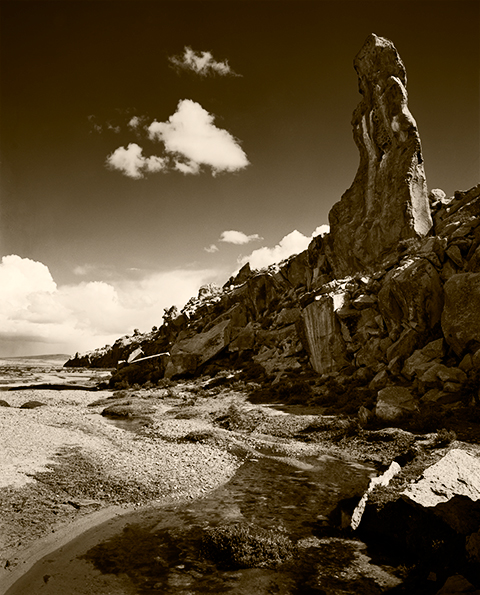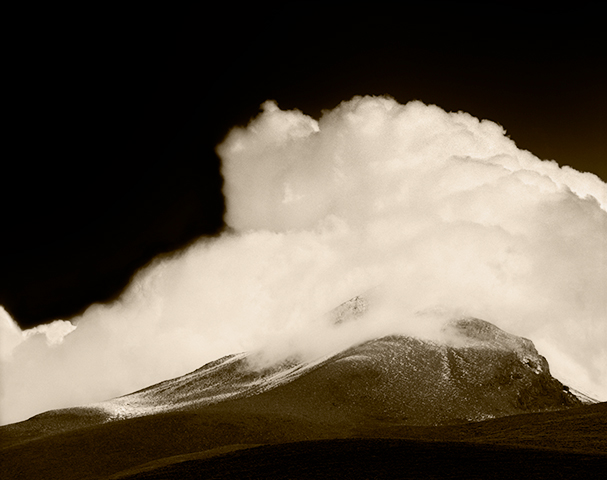
It is a constant source of amazement, and provides a degree of entertainment too, how frequently I hear remarks about photographs being faithful to the original scene, as if that were somehow possible. The doctrine of straight photography has reached almost religious levels among some photographers. It is particularly amusing coming from some of the true believers in B&W fine art photography, those who follow straight photography as they believe it was espoused by group f64 and others, with perhaps a little too much zeal. I have even had a couple of people come into my gallery to make less than kind remarks because my work didn’t seem to meet their check list or because I had abandoned film for, gasp(!), digital.
These folks totally misunderstand the concept of straight photography as practiced by group f64 and others. They think that to be a straight photographer means to simply photograph a subject as it is, without changing it, and then to make a straight print on grade 2 paper. This is the best way to arrive at a really bland and uninspired photograph. Even some of the members of f64 thought that was what they were doing. But, that is just not possible.
Case in point: Edward Weston’s Pepper #30. This is the icon for the whole straight photography ideal. Pepper #30 is the photographic equivalent of the Mona Lisa. It is simply magnificent. But it is hardly a straight photograph, mostly because there can be no such thing as a straight photograph.
First, it is called Pepper #30 because it was the THIRTIETH attempt by Weston to get what he wanted. Hardly anyone is willing to try something thirty times to get just what they want. Even this is manipulation by elimination. And Weston did not just happen upon that pepper while it was reclining in a field somewhere. It was not photographed as found as some would insist be done. Additionally, he tried numerous backgrounds before he settled on the old metal funnel he ended up using in this particular exposure because it modulated the light around the sides of the pepper just so. And he waited until the sun was at the right angle on the porch to give him just the sculpting he wanted. Straight photograph, my Aunt Fannie’s fanny!
The camera takes a three dimensional color scene, then flattens it to two dimensions, adding lens distortion and in the case of B&W, removing all the colors, replacing them with gray tones chosen by the manufacturer of that particular B&W film (all B&W films will render a subject differently), to be further altered by the chosen method of film development and the subsequent print making process.

The popular mythology about straight photography is laughable. Straight photography is simply an approach to photography that eschews any attempt to make a photograph appear to be some other art form, such as painting. We do not print photographs on canvas, add brushstrokes in Photoshop, try to obscure the vision of the lens, smear paint on top of our photographs (talk about trying to look like a painting!) or do anything else to disguise the fact that the photograph is in fact, a photograph. This, for the same reason that pianists do not try to make their pianos sound like a tuba! However successful the pianist, a tuba will always do a vastly better job.
But when it comes to doing anything to shift the gray tones around, no holds barred; as long as the illusion of reality, the fine art photograph’s greatest asset, remains intact, the result is valid.
Even over-saturation of color images, which crosses the line to become offensive in all cases but one I can think of, is legitimate if the resulting image still maintains the illusion of reality. (The only photographer I know of who can pull this off successfully is Tony Kuyper, mentioned in my previous post. His work can be seen here: http://www.goodlight.us/writing/tutorials.html)
I suppose that technically, if it is used correctly and with effective creative result, it can’t be called OVER-saturation!
END OF RANT
